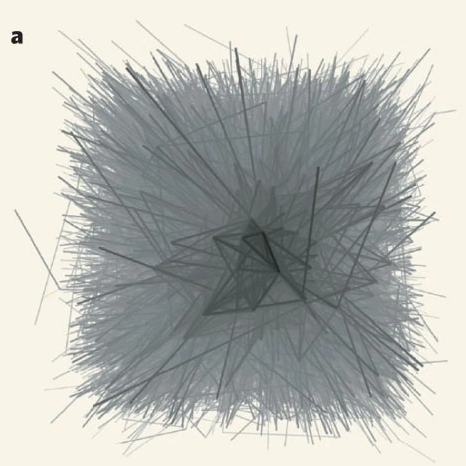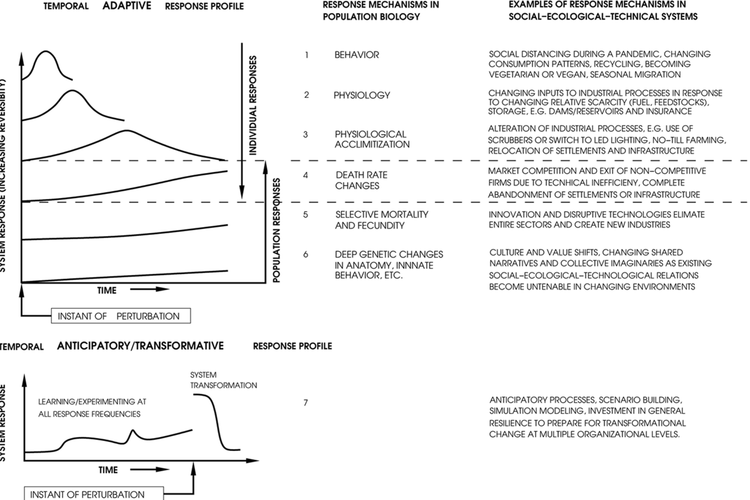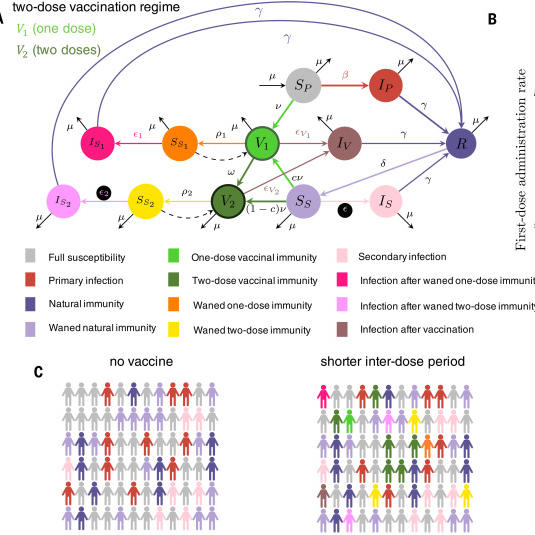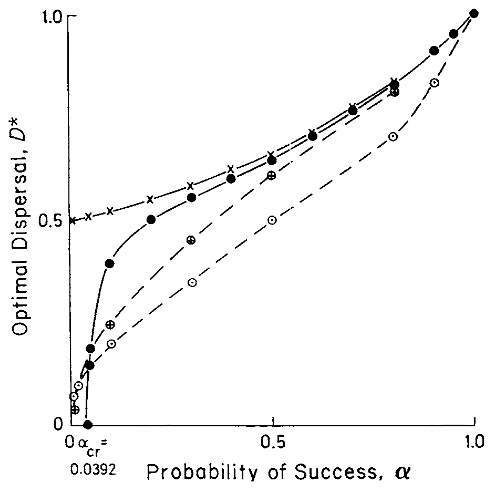Complex systems
Simon Levin has been a major figure in the development and application of theories of complex adaptive systems and the maintenance of resilience. He has been affiliated with the Santa Fe Institute for more than 30 years, served as Chair of its Science Board and remains a Science Board Fellow, and delivered its prestigious Ulam lectures. He also serves on the Science Advisory Committees of the Stockholm Resilience Centre, the Vienna Complexity Science Hub, and the Serrapilheira Foundation. In the past, he has served on numerous other advisory boards and committees, including the Gordon and Betty Moore Foundation, the James S. McDonnell Foundation, the Blasker Foundation, and various Boards of the National Research Council.

May R, Levin S, Sugihara G. Ecology for bankers. Nature. 2008; 451(7181):893-894. Available from: https://www.nature.com/articles/451893a DOI: 10.1038/451893a
Ecological economics and sustainability
Levin has been a major figure in building partnerships between ecologists and economists, as well as other social scientists, in the search for achieving a sustainable future. He has served for 5 years as Chair of the Governing Council for the International Institute for Applied Systems Analysis (IIASA) and as Chair of the U.S. National Member Organization for 9 years, and as Chair of the Board of the Beijer Institute for Ecological Economics. He remains as a fellow of both organizations, as well as Resources for the Future. He was recognized for his contributions to Conservation Biology with the Frontiers Of Knowledge Award from the BBVA Foundation.

Levin S, Anderies J, Adger N, Barrett S, Bennett E, Cardenas J, Carpenter S, Crépin A, Ehrlich P, Fischer J, Folke C, Kautsky N, Kling C, Nyborg K, Polasky S, Scheffer M, Segerson K, Shogren J, van den Bergh J, Walker B, Weber E, Wilen J. Governance in the Face of Extreme Events: Lessons from Evolutionary Processes for Structuring Interventions, and the Need to Go Beyond. Ecosystems. 2021 September 07; 25(3):697-711. Available from: https://link.springer.com/10.1007/s10021-021-00680-2 DOI: 10.1007/s10021-021-00680-2
Epidemiology
Levin has been a major figure in the theory and application of mathematical approaches to the epidemiology of infectious diseases for more than four decades, with particular major contributions to understanding and managing coevolution of hosts and pathogens (as in myxomatosis, influenza, antibiotic resistance, and COVID-19. He was the founding Chair of the (Models of Infectious Disease Agents Study (MIDAS)) steering committee of the National Institutes of Health.

Fig. 1. Description of the extended immuno-epidemiological model with one- and two-dose vaccination regimes. Based on (13). (A) Model flow chart depicting transitions between immune classes (see main text and materials and methods for a full description of the immune classes and parameters). (B) Diagram of the interdose period (1ω)(1ω) between the first and second vaccine doses and its relationship to the rate of administration of the first vaccine dose ν. The maximum achievable rate is ν0 for a fully one-dose strategy, and ν is assumed to decrease exponentially to its lowest value ν0/2 when a fully two-dose strategy with interdose period corresponding to the clinical recommendation (Lopt) is used. (C) Representative schematic of societal composition of various immune classes for the SIR(S) model with no vaccination (left), the extended model with a short interdose period (middle), and the extended model with a long interdose period (right).
Mathematical Biology
Levin has been for more than 50 years one of the pioneers in the development of the field of mathematical and quantitative biology, especially with application to ecology and evolutionary biology. He had held three endowed chairs in ecology and is currently Distinguished University Professor in Ecology and Evolutionary Biology at Princeton. He is especially noted for his contributions to the development of the field of spatial ecology, and for work at the interface between ecology and economics. He is the only person to have served as President of both the Ecological Society of America and the Society for Mathematical Biology, and has received broad recognition for his contributions, including awards from both societies, Fellowship in both and in the American Mathematical Society and the Society for Industrial and Applied Mathematics, membership in the National Academy of Sciences where he chaired the section on Ecology and Environment, and receipt of such awards as the Kyoto Prize, the Tyler Prize, and the National Medal of Science.

FIG. 4. Evolutionarily stable dispersal fractions for annualplants, for differing patterns of temporal environmental vari-ation (from Levin et a!. 1984). a = probability of success infinding new site; a,, = critical value of a.

